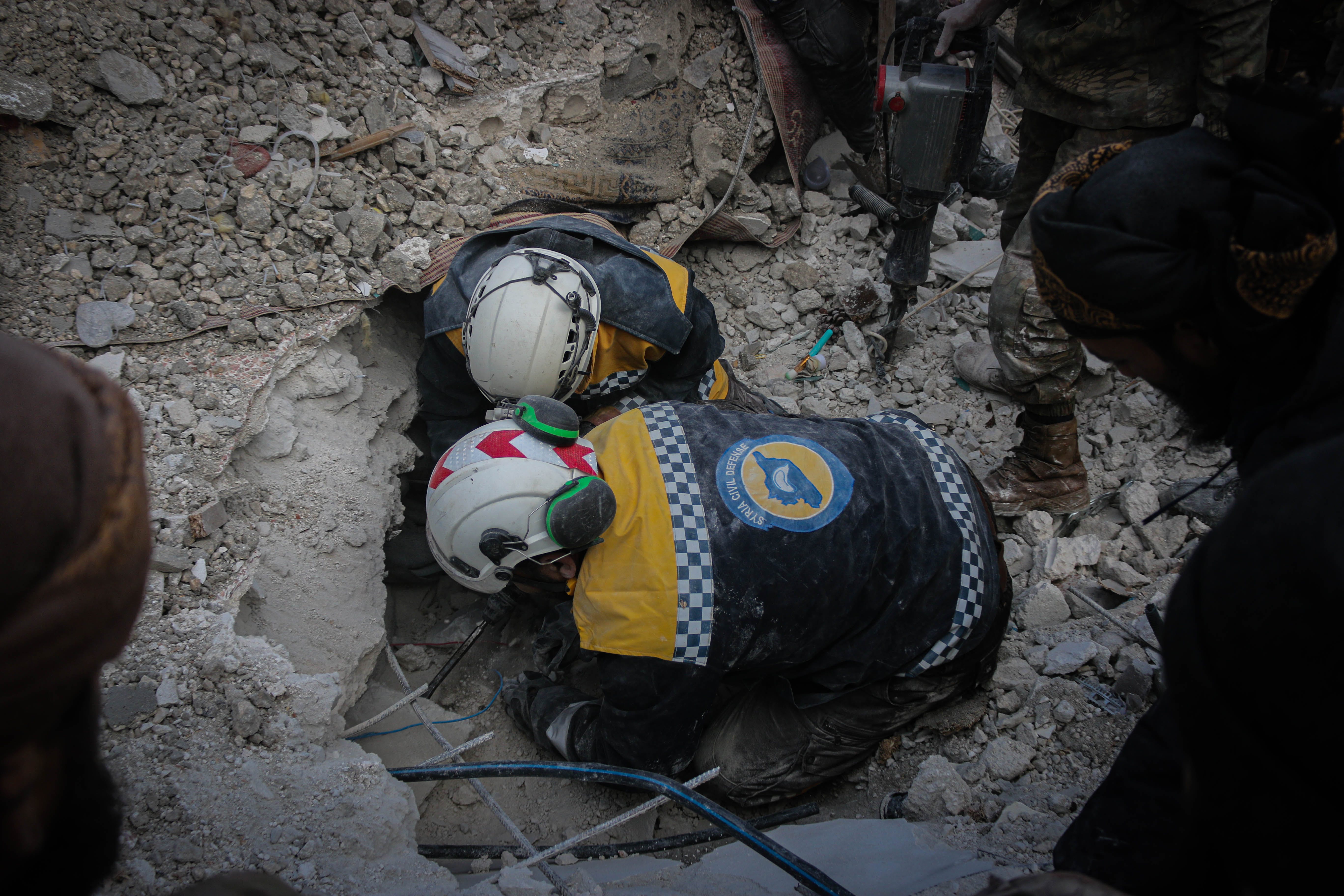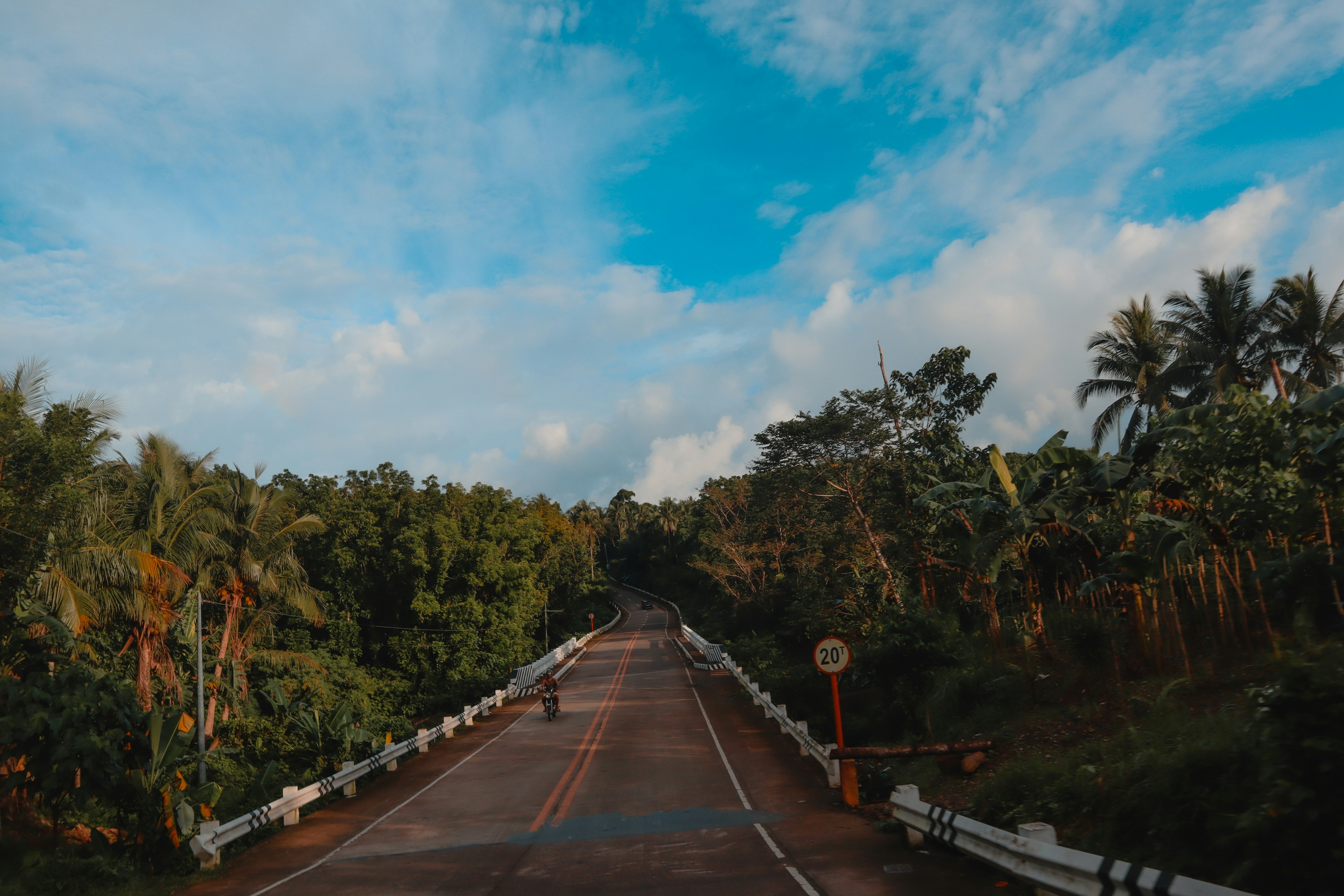Overview
With COVID-19 demanding unprecedented global attention, international security concerns have receded from the international agenda. There are very valid concerns that armed actors may be opportunistic in turning the current conditions to their advantage.
Responding to these global concerns, the UN Secretary General urged for a global ceasefire stating that “the only war we should be waging is the war against COVID-19”. Can the coronavirus pandemic rouse peace and solidarity? Or will it further exacerbate violence as armed actors mobilise strategies that are assisted by a preoccupied world?
Since the declaration of COVID-19 as a pandemic, the world has witnessed the pursuance of 14 ceasefires. The global call for a COVID-19 ceasefire was heard by Libya, Colombia, Cameroon, Sudan, South Sudan, Yemen, Ukraine, Israel/Palestine, Thailand, Afghanistan, the Philippines, the Central African Republic, Myanmar, and Syria. Ceasefires are an integral aspect to peace processes, however when they are negotiated for humanitarian purposes, serious questions arise as to whether these kinds of agreements can create sustainable and lasting peace. Typically, humanitarian ceasefires are negotiated to allow for the provision of health and humanitarian assistance. Advances of humanitarian ceasefires can be fragile and reversible, and whilst the overarching global goal is that of securing lasting peace, life-saving assistance is prioritised over sustainable peace dialogues. Ceasefires can be understood to be quite interim and prone to lapsing if they aren’t accompanied by appropriate peace processes. Peace processes could also be strengthened by leveraging the women, peace and security agenda as a framework for brokering lasting ceasefires.

Image credit: Peace Research Institute Oslo (PRIO)

Image credit: Peace Research Institute Oslo (PRIO)
Exacerbation of New and Existing Vulnerabilities
COVID-19 has created new vulnerabilities whilst exacerbating existing ones. The pandemic has disrupted humanitarian aid supply chains on a global scale. This threatens the funding of life-saving assistance, impacts the availability of food and basic necessities, limits humanitarian access, and halts peacebuilding efforts and operations. In Yemen, more than 80% of the population are in need of aid and protection, yet since the beginning of 2020, the number of Yemeni people reached with assistance is decreasing by the millions on a monthly basis. If the humanitarian sector is incapable of scaling-up, millions more people will be more at risk of the catastrophic conditions that are exacerbated by both COVID-19 and conflict.
Declining humanitarian access and reduced adherence to international humanitarian law has been exacerbated by the distraction of COVID-19. The threat of of the pandemic adds to the complexities of negotiating safety for those living in areas of active conflict or within communities under the control of armed non-state actors. With most international assistance being pledged in support of state-led responses, this leaves behind many vulnerable communities. Under international humanitarian law, both states and armed non-state actors are bound to protect health care personnel, transportation and health facilities. States and armed non-state actors are obligated to facilitate impartial humanitarian assistance to those that need it. How humanitarian actors engage and negotiate with multiple parties is critical to delivering any assistance and practice that might aid in containing outbreaks. International humanitarian law and human rights law is enacted to protect health personnel and facilities during times of conflict. Despite this, health architecture is continually targeted as a tactic of war and due to the pandemic, these events have become increasingly more difficult to monitor. With media attention prioritising COVID-19, and with the withdrawal of in-country staff, we have witnessed actors take this opportunity to commit acts such as the armed-attack on a maternity ward in Afghanistan, and the bombing of health care facilities in Syria.
Is the Pandemic Setting the Stage for Strategic Military Gain?
Historically, many of the world’s ceasefires have been negotiated unilaterally, but at times have also been reciprocal, multilateral or even unconventional – such as the lapsed ceasefire negotiated between the United States and the Taliban in light of COVID-19. It is imperative for the global arena to be aware of the environment in which ceasefire negotiations take place. Whilst ceasefires are intended to open dialogue for peacemaking, to end or reduce conflict, and to allow for disarmament and demobilisation, they are also negotiated to further military objectives. These strategic objectives have historically included delaying military engagement to allow time to remobilise, rearm, redeploy, advance military positions, and repair logistical supply routes. It is interesting to consider how COVID-19 might actually be advancing military agendas. In response to the UN Secretary-General Antonio Guterres’ call for a pause in conflict, the President of the Philippines declared a unilateral ceasefire with the Communist Party of the Philippines. In employing the language of war to ideate the threat of the pandemic, it has been theorised that the President may use this opportunity to declare martial law across the nation. The President likened the logistics of a lockdown to martial law itself. The continual threat of statewide military rule urges the international community to remember some of the worst human rights abuses ever executed under the Ferdinand Marcos’ dictatorship. In nations such as Ethiopia and Botswana, states have claimed the constitutional authority to cease political, civil, economic and social rights.

Image Credit: pikist.com
Australia’s COVID-19 Development Response
To mitigate the effects of COVID-19 on conflicts and to promote peace and stability within the region, Australia must engage both pragmatically and diplomatically with the humanitarian sphere. On Friday 29th May 2020, the Department of Foreign Affairs and Trade released Australia’s official development response, Partnerships for Recovery. This document acknowledges the risks that the pandemic poses to both Australia’s prosperity and security, and to people who live in fragile and conflict-affected nations. Australia has pledged to centralise interventions that foster social cohesion and regional stability in both the response and recovery phases. The development response also acknowledged that natural disasters and climatic conditions could exacerbate the effects of the pandemic in undermining Australia’s efforts to localise programmes that focus on building prosperous, stable and resilient nations. Here, we can see the intersection of climate catastrophe, theatres of conflict and health crises demanding the mobilisation of resources, leadership, partnership and country-appropriate methodologies to better serve humanitarian objectives. In addition to maintaining a humanitarian corridor with the Indo-Pacific, Australia must strengthen partnerships with nations outside of our usual suspects (Indonesia, Timor-Leste and the Pacific) to better support stability within the region. Australia might do this by further investing in peace programming in Myanmar, Thailand and the Phillipines as these nations are recognised flash-points of conflict and threaten regional stability if they were to succumb to increased incidences of violent conflict.
With Partnerships for Recovery pledging no additional funding to the sector, Australia’s continual underinvestment in development may have begin to have serious implications for the nation’s position within the region. Just weeks after the development policy was released, the Australian government unveiled their alarmingly large defence budget. The new defence budget is reflective of the nation’s commitment to the Pacific Step-Up and claims that in scaling-up militarism, the rise of China may be countered. Unlike Australia who has redistributed existing aid expenditure to respond to the pandemic in the Pacific, China has pledged additional humanitarian assistance to some of the region’s most fragile states. China’s assistance during this time could be strategic, especially if they are leveraging soft power for regional influence. If Australia is to prepare for a post COVID-19 world that is “poorer, more dangerous and more disorderly”, the nation might better to do so by addressing the root causes of conflict before they are given chance to eventuate. With Australia anticipating how their neighbours will emerge from this crisis, perhaps the region will remember that when given the chance to engage diplomatically in the humanitarian sphere – Australia instead chose to commit $270 billion to a defence strategy. How Australia will support these new architectures of cooperation amidst great power competition, global health emergencies and new age warfare is critical. Indeed, this is an unprecedented opportunity for the nation to become a vital player in the Indo-Pacific region.
Cover image credit: donskarpo on Shutterstock.






